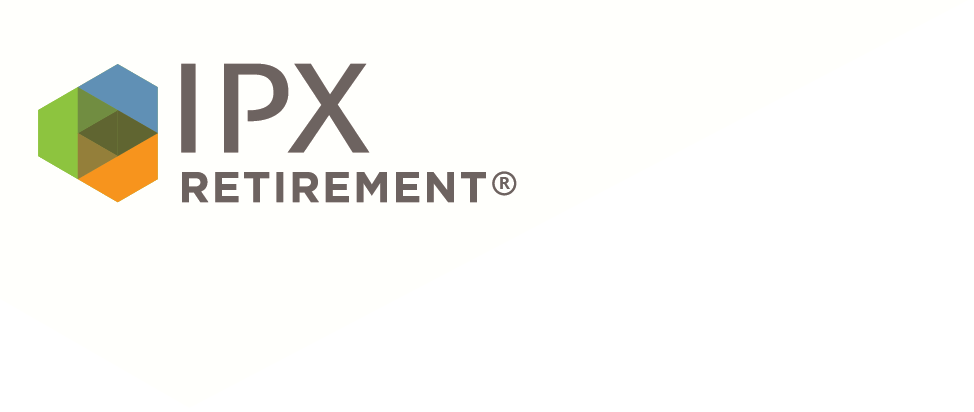To explore the “how and why” of modernizing non-ERISA plans, we recommend starting with a plan clean-up.
What is the first thing you do when you start a new fitness regime or diet plan? You start with reviewing what is in your pantry and removing any junk foods and other items that no longer fit within your plan. Much in the same way, if you’re looking to modernize your plan, you need a plan.
Clean-Up Starts with Review
The review serves a variety of purposes. Reviewing the plan at regular intervals is the most critical task for plan sponsors and their advisors for two reasons: 1. to make sure that the plan continues to follow current regulations (and is in compliance), and 2. the plan continues to meet your needs and goals as the plan sponsor.
Tackling Missing Participants
Part of reviewing the plan means reviewing the participants and analytics such as active employment status, account balances, and contact information.
Missing participants is a problem of magnitude. A March 2018 survey by Boston Research Technologies revealed that over 11% of separated, defined contribution account records had a stale address; one out of every five job changer relocations results in a missing participant, and one-third of participants did not realize they had a retirement account with a previous employer. While employers cannot stop an employee from changing jobs or relocating, as a plan sponsor, you can implement prudent practices and review to help keep the number of missing participants low. In fact, there is new guidance for fiduciaries.
In January 2021, the Department of Labor (DOL) issued new guidance detailing “best practices” and what actions fiduciaries should take to locate and distribute retirement benefits to missing/unresponsive participants. The DOL identified that plans with low instances of missing and non-responsive participants are plans that integrate best practices as part of their ongoing plan compliance rather than one-time “fixes”. Best practices noted include keeping plan records complete and up to date and ensuring that participants and beneficiaries get timely benefits. Building a general culture of fiduciary compliance is a good idea for all plan sponsors. Using the DOL’s best practices is a good place to start cleaning up and reducing the number of missing and unresponsive participants. View the DOL’s detailed guidance here.
Another aspect of plan administration is dealing with the hassle of uncashed checks. These uncollected funds belonging to plan participants (or beneficiaries) can represent serious issues for fiduciaries and also means the participants are missing out on money they may need. Many plan sponsors are not aware that uncashed checks are still considered plan assets, and thus still subject to plan requirements, fees, and may count toward audit limits.
Bottom Line
Maintaining a stringent and thorough review process of the plan, including reviewing missing participants, can improve outcomes and help maintain plan compliance. Building review on both of these fronts into your annual calendar will ensure you are ahead of the ball.
In Part 2 of our 4-part series on Modernizing Non-ERISA Plans in 2023 and Beyond, we look back at the history of governance in the retirement plan industry and dive into the impact of the recent Secure Act legislation on the future of retirement plans, especially those serving non-profit and governmental organizations.
This series was created for plan sponsors, TPAs, plan consultants and advisors and others involved in managing non-ERISA retirement plans. IPX Retirement provides recordkeeping, IRA, trust & custody, and lifetime income solutions to the retirement plan industry. For more information on the IPX Retirement Plan Governance Program, contact your plan advisor or IPX Retirement representative or visit ipxretirement.com/pgp.

